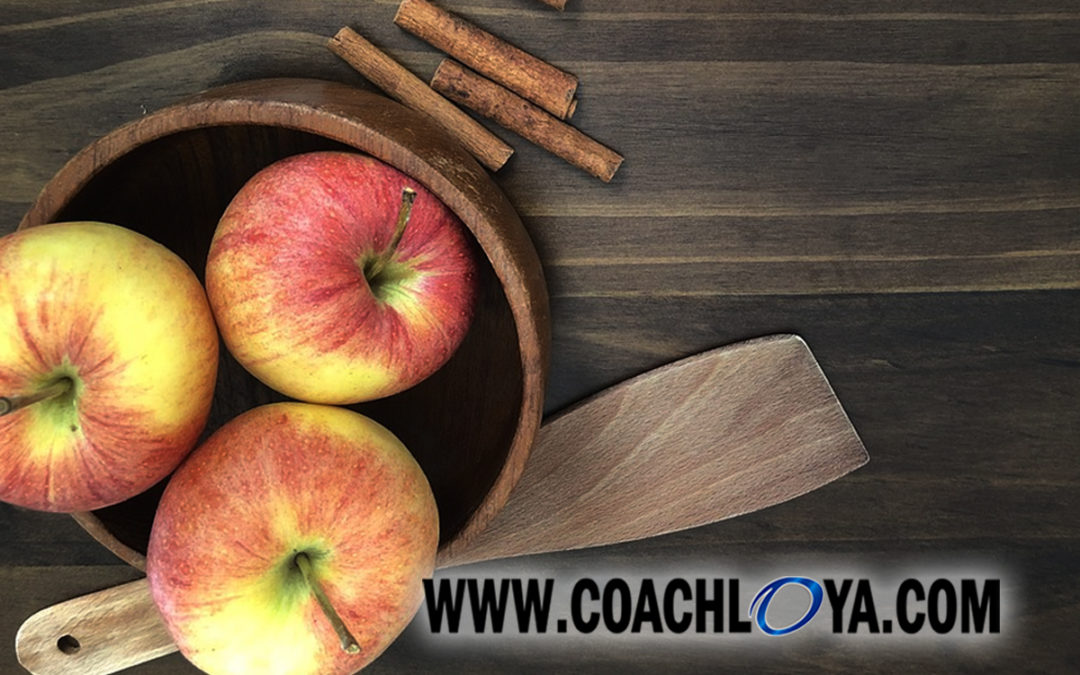Have you ever tried to replicate a menu item from a popular restaurant? Maybe Outback Steakhouse’s Bloomin’ Onion? Cinnabon’s Cinnamon Buns? Texas Roadhouse’s Hot Rolls? Starbucks’ Pink Drink?
Discovering one of these coveted secret recipes holds a certain allure. Why be inconvenienced by having to leave your house when you can create the same deliciousness in your own kitchen? And why pay more for something that you can create on your own for a fraction of what it costs at the restaurant?
If so called “copycat recipes” work out for you the way they do for me, you know the answers to those questions: Because the version you make at home never quite tastes the same as the real thing. You are always left disappointed.
The problem with most copycat recipes is that they give you the how, but not the what—the minutia that molds the finished product.
Let’s say you discover a recipe for your favorite restaurant’s famous apple dumplings. The recipe calls for flour, butter, sugar, cinnamon, and apples. It includes the appropriate measurements, oven temperature, and baking time.
You follow all the steps, yet your dumplings don’t taste as good as the ones served at your favorite restaurant. They’re “a little off” because the recipe was missing a few crucial details.
For instance, what brand of flour, butter, sugar, and cinnamon does the restaurant use? What type of pan do they use? What type of apples do they use? Using the right apples makes a difference. Golden delicious apples taste different than Granny Smith or Gala.
The seemingly insignificant details of the what matter.
Team leaders can sometimes find themselves facing a situation akin to this when trying to improve teamwork and create good teammates. They become so focused on the expedience of the how that they overlook the importance of the what.
The recipe for creating good teammates is rather simple: 1. Provide your team with a definition of a good teammate 2. Emphasize the desired behaviors 3. Recognize when those behaviors are displayed 4. Reward team members who display them 5. Repeat.
But if you don’t the use right definition (the what) or aren’t emphasizing, recognizing, or rewarding behaviors the right way (the what), your results will also end up being “a little off.”
Much of the work I do involves getting team leaders to understand that terms like The WE Gear, clutch moments, and good teammate moves matter. They’re the important minutiae and implementing them can be the difference between having a winning culture and fledgling one.
The best team leaders strive to be good teammates to those they lead. They realize that providing their team the how without also providing them the what is a recipe for disappointment. That’s why they make the extra effort to seek the details that others overlook.
As always…Good teammates care. Good teammates share. Good teammates listen. Go be a good teammate.





